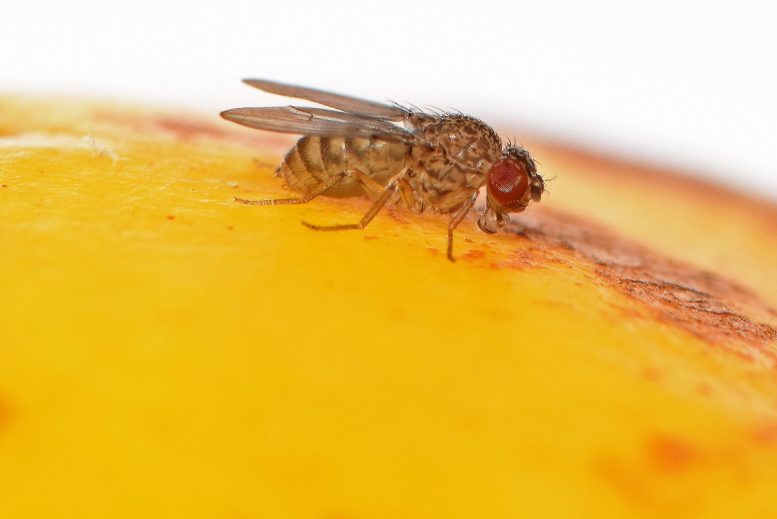
Researchers have identified the genes that are switched on, or switched off, when these flies reproduce without fathers. Credit: Jose Casal and Peter Lawrence
Researchers have successfully induced asexual reproduction in the fruit fly Drosophila melanogaster, an organism that typically reproduces sexually.
For the first time, scientists have induced asexual reproduction in an animal that usually reproduces sexually: the fruit fly Drosophila melanogaster. Once induced, the ability is passed on through the generations: the offspring can reproduce either sexually or asexually.
A paper describing the research was recently published in the journal Current Biology. The study’s senior author is David Glover, research professor of biology and biological engineering at the California Institute of Technology (Caltech). The research was carried out by Alexis Sperling, former postdoctoral fellow in Glover’s laboratory at the University of Cambridge and a short-term visitor to Caltech, along with collaborators at the University of Tennessee.
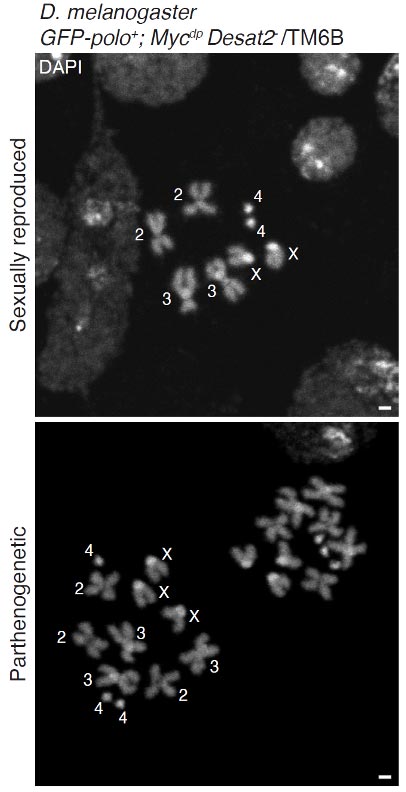
Imaging the chromosomes of a Drosophila melanogaster fly (the commonly used laboratory model organism) when reproducing sexually (top) and parthenogenetically (bottom). Credit: Courtesy of D. Glover
Understanding Parthenogenesis
For most animals, reproduction is sexual, involving a female’s egg being fertilized by a male’s sperm. Parthenogenesis, a type of asexual reproduction, is the process by which an egg develops into an embryo without fertilization by sperm—a male is not needed. While the offspring are not exact clones of their mother, they are genetically very similar and always female.
Certain species of fly, locusts, and chickens actually have the ability to switch between sexual reproduction and parthenogenesis. Switching to asexual reproduction can be a survival strategy to keep the species going if there are no males around.
Drosophila’s Genetic Modification
Though the common laboratory fruit fly Drosophila melanogaster usually does not reproduce asexually, a distant species called Drosophila mercatorum that breeds on cacti does, in fact, have the ability to reproduce via parthenogenesis. Led by Cambridge postdoctoral scholar Alexis Sperling, the team studied D. mercatorum‘s genome and identified the genes underlying parthenogenesis. They then engineered the corresponding genes in D. melanogaster; the laboratory flies then gained the ability to reproduce asexually.
“It was truly stunning for us to find how tripping a small number of genetic switches would enable virgin Drosophila melanogaster fruit flies to generate viable and fertile offspring just like virgins of their distant Drosophila mercatorum cousins,” says Glover. “It will be important to understand the generality of this ability, since many crop pests are able to reproduce in an asexual manner. Right now, we’d like to understand the molecular mechanisms underlying this cellular process in Drosophila melanogaster.”
For more on this breakthrough, see Genetic Secret of Virgin Birth Discovered.
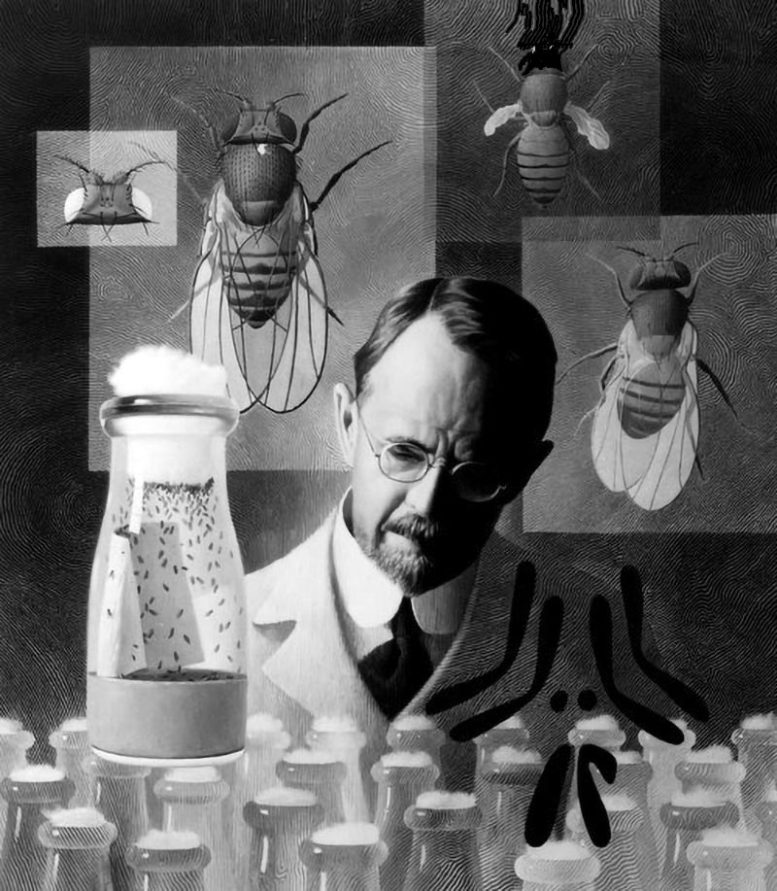
Thomas Hunt Morgan, who first developed D. melanogaster into a model system at Caltech in the 1930s. Credit: Courtesy of the Caltech Archives
Now common laboratory animals worldwide, Drosophila melanogaster were first developed as model organisms at Caltech in the 1930s by Nobel Laureate Thomas Hunt Morgan. Morgan arrived at Caltech in 1928 to establish what is now Caltech’s Division of Biology and Biological Engineering.
Reference: “A genetic basis for facultative parthenogenesis in Drosophila” by Alexis L. Sperling, Daniel K. Fabian, Erik Garrison and David M. Glover, 28 July 2023, Current Biology.
DOI: 10.1016/j.cub.2023.07.006
Sperling is the study’s first author. In addition to Sperling and Glover, co-authors are Daniel Fabian of the University of Cambridge and Erik Garrison of the University of Tennessee. Funding was provided by the National Institutes of Health, the Leverhulme Trust Research Project Grant, and the Wellcome Trust Institutional Strategic Support Fund.



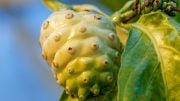
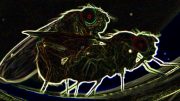
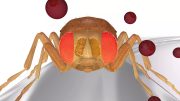
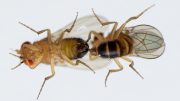

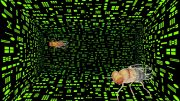
Excuse me…isn’t this a bad thing to do?